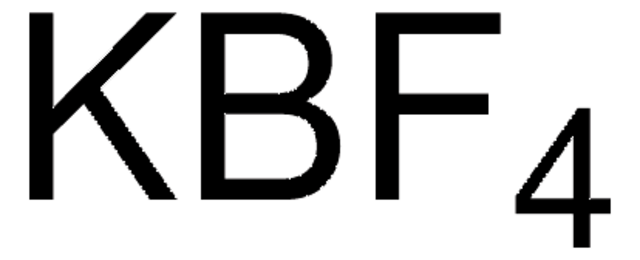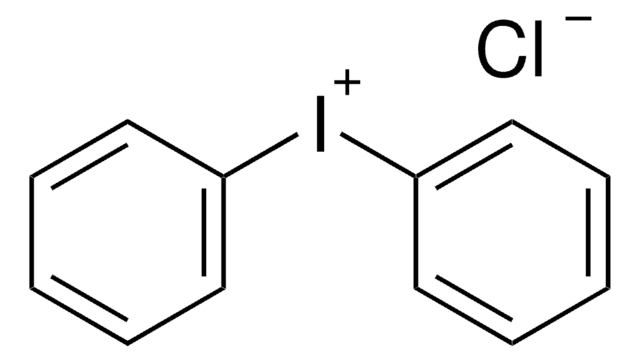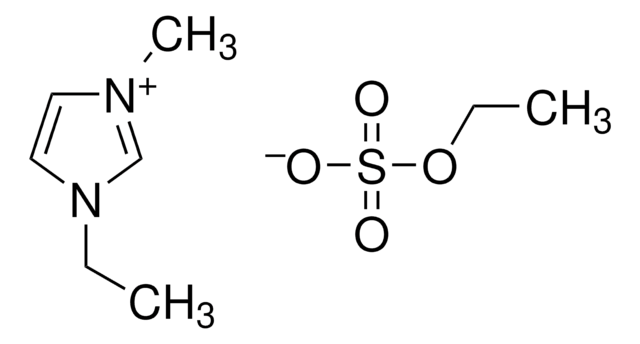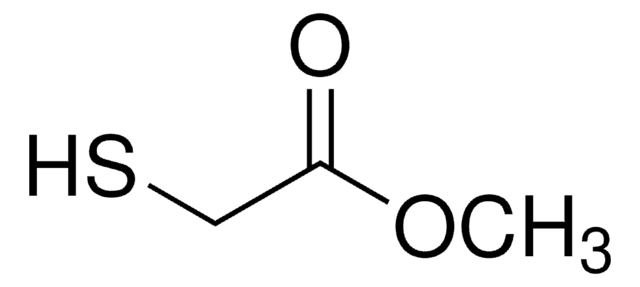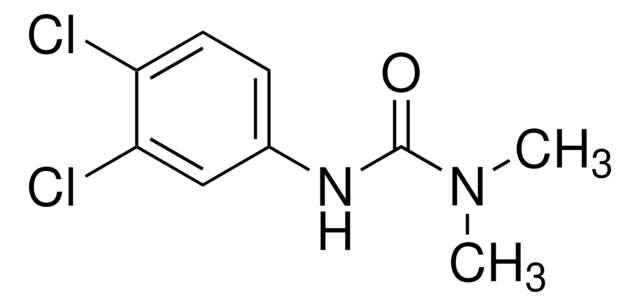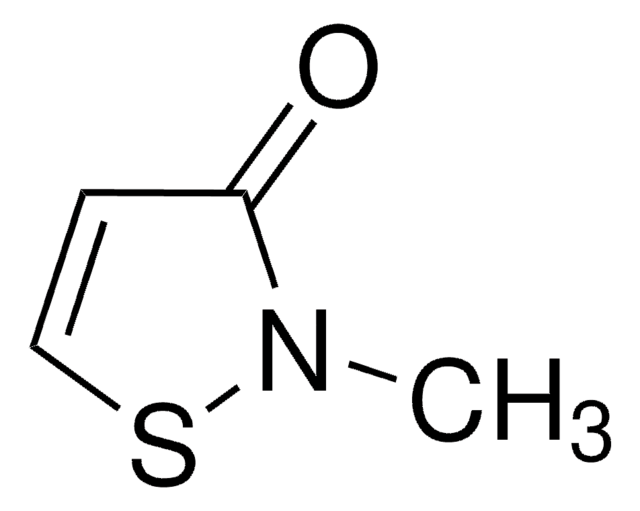추천 제품
Agency
EPA 1694
Quality Level
vapor pressure
<0.1 mmHg ( 25 °C)
분석
99%
양식
solid
mp
254-256 °C (lit.)
solubility
methanol: soluble
응용 분야
environmental
작용기
amine
chloro
SMILES string
Clc1ccc(NC(=O)Nc2ccc(Cl)c(Cl)c2)cc1
InChI
1S/C13H9Cl3N2O/c14-8-1-3-9(4-2-8)17-13(19)18-10-5-6-11(15)12(16)7-10/h1-7H,(H2,17,18,19)
InChI key
ICUTUKXCWQYESQ-UHFFFAOYSA-N
유전자 정보
human ... EPHX2(2053)
mouse ... Ephx2(13850)
유사한 제품을 찾으십니까? 방문 제품 비교 안내
관련 카테고리
일반 설명
3,4,4′-Trichlorocarbanilide(TCC) is employed as bacteriostat and antimicrobial agent in bar soaps, cosmetics and other personal care prducts.TCC is a toxic, persistent and potentially bioaccumulative polychlorinated binuclear aromatic urea pesticide.
애플리케이션
3,4,4′-Trichlorocarbanilide was used to develop a sensitive analytical method to determine triclocarban and environmental phenols in breast milk using isotope dilution on-line solid-phase extraction coupled with HPLC–tandem mass spectrometry. 3,4,4′-Trichlorocarbanilide was used in quantitative structure-activity relationship (QSAR)analyses conducted to study the co-occurrence of Triclocarban and Triclosan in U.S. Water Resources.
생화학적/생리학적 작용
3,4,4′-Trichlorocarbanilide interferes with mammalian reproduction and can cause methemoglobinemia in humans.
면책조항
The product is not intended for use as a biocide under global biocide regulations, including but not limited to US EPA′s Federal Insecticide Fungicide and Rodenticide Act, European Biocidal Products Regulation, Canada’s Pest Management Regulatory Agency, Turkey’s Biocidal Products Regulation, Korea’s Consumer Chemical Products and Biocide Safety Management Act (K-BPR) and others.
신호어
Warning
유해 및 위험 성명서
예방조치 성명서
Hazard Classifications
Aquatic Acute 1 - Aquatic Chronic 1
Storage Class Code
11 - Combustible Solids
WGK
WGK 3
이미 열람한 고객
Rong Chu et al.
Oncotarget, 7(48), 78958-78970 (2016-10-16)
Microtubule targeting agents (MTAs) characteristically promote phosphorylation and degradation of Mcl-1, and this represents a critical pro-apoptotic signal in mitotic death. While several phosphorylation sites and kinases have been implicated in mitotic arrest-induced Mcl-1 phosphorylation, a comprehensive biochemical analysis has
Rolf U Halden et al.
Environmental science & technology, 39(6), 1420-1426 (2005-04-12)
Triclocarban (TCC) and triclosan (TCS) are antimicrobial additives in personal care products. Whereas TCS has been studied extensively, the environmental fate of TCC remains largely unknown. To address this data gap, we performed quantitative structure-activity relationship (QSAR) analyses that suggested
Jian-Liang Zhao et al.
Water research, 47(1), 395-405 (2012-11-07)
Triclosan (TCS) and triclocarban (TCC) are two commonly used personal care products. They may enter into aquatic environments after consumption and pose potential risks to aquatic organisms. We investigated the occurrence and fate of TCS and TCC in five large
Nils Helge Schebb et al.
Aquatic toxicology (Amsterdam, Netherlands), 105(3-4), 448-454 (2011-08-30)
The antimicrobial triclocarban (TCC) is frequently found in personal care products and commonly observed in surface waters and sediments. Due to its long environmental persistence TCC accumulates in sewage sludge. It also shows a high unintended biological activity as a
Niroj Aryal et al.
Water research, 45(17), 5545-5552 (2011-09-10)
Triclocarban and triclosan, two antimicrobials widely used in consumer products, can adversely affect ecosystems and potentially impact human health. The application of biosolids to agricultural fields introduces triclocarban and triclosan to soil and water resources. This research examined the phytoaccumulation
Global Trade Item Number
| SKU | GTIN |
|---|---|
| 105937-500G | |
| 105937-100G | 4061838673299 |
| 105937-5G | 4061838673305 |
자사의 과학자팀은 생명 과학, 재료 과학, 화학 합성, 크로마토그래피, 분석 및 기타 많은 영역을 포함한 모든 과학 분야에 경험이 있습니다..
고객지원팀으로 연락바랍니다.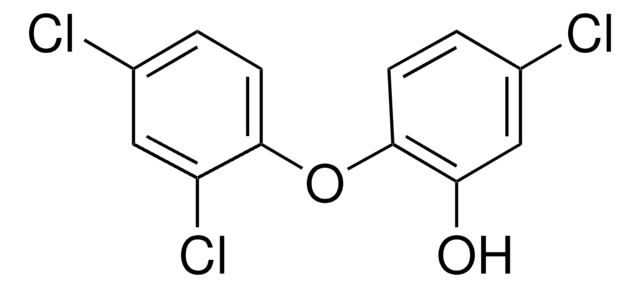
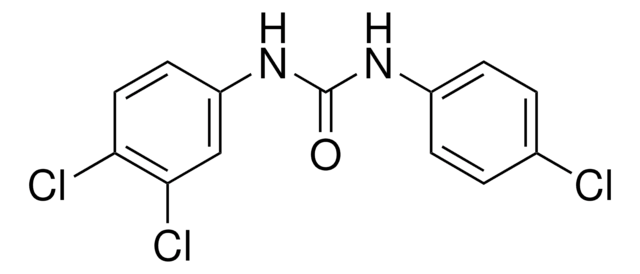


![2,2′-Methylenebis[6-(2H-benzotriazol-2-yl)-4-(1,1,3,3-tetramethylbutyl)phenol] 99%](/deepweb/assets/sigmaaldrich/product/structures/236/824/ce89085c-b9e1-4ea0-8157-44b6f9466ed6/640/ce89085c-b9e1-4ea0-8157-44b6f9466ed6.png)




